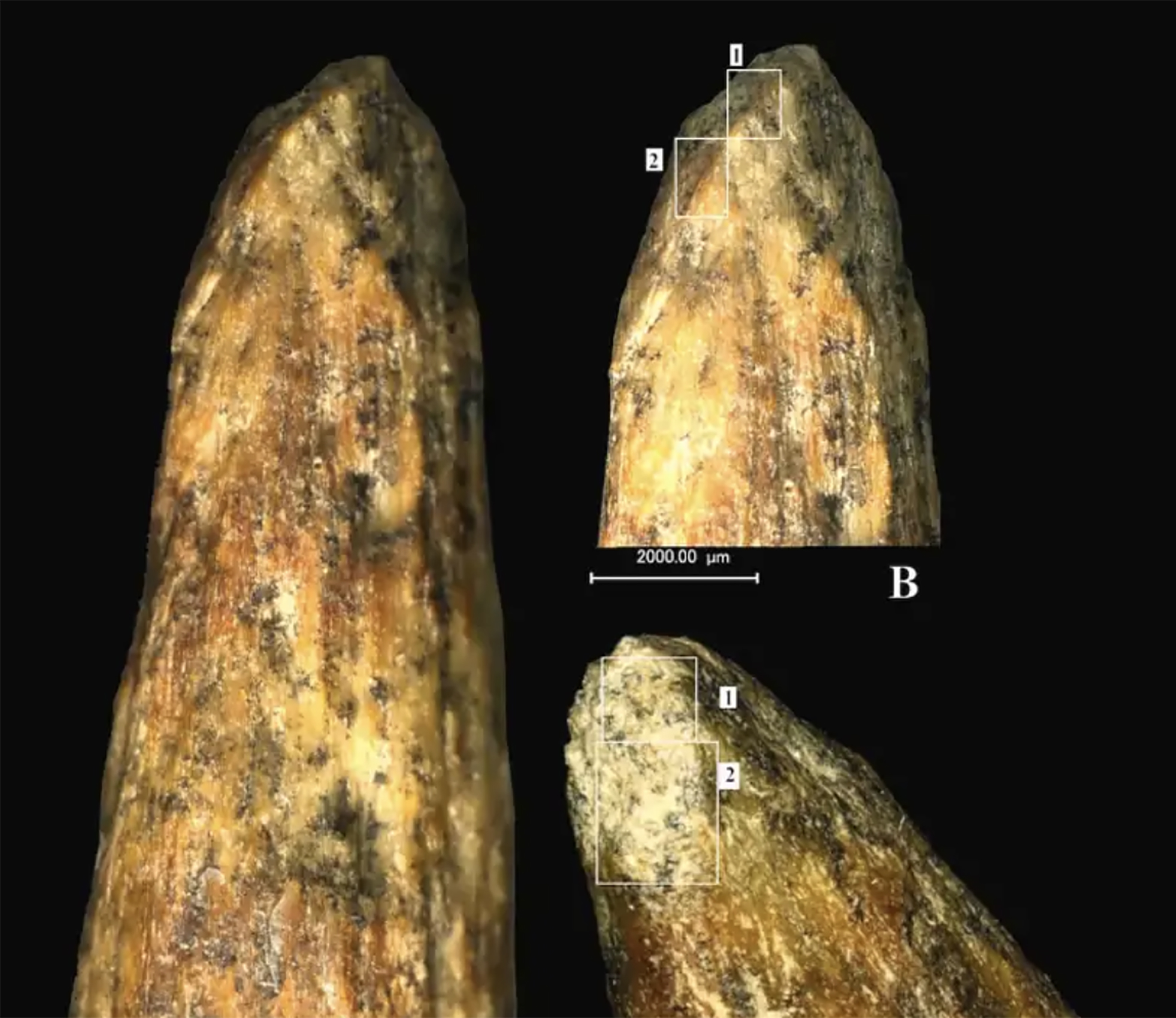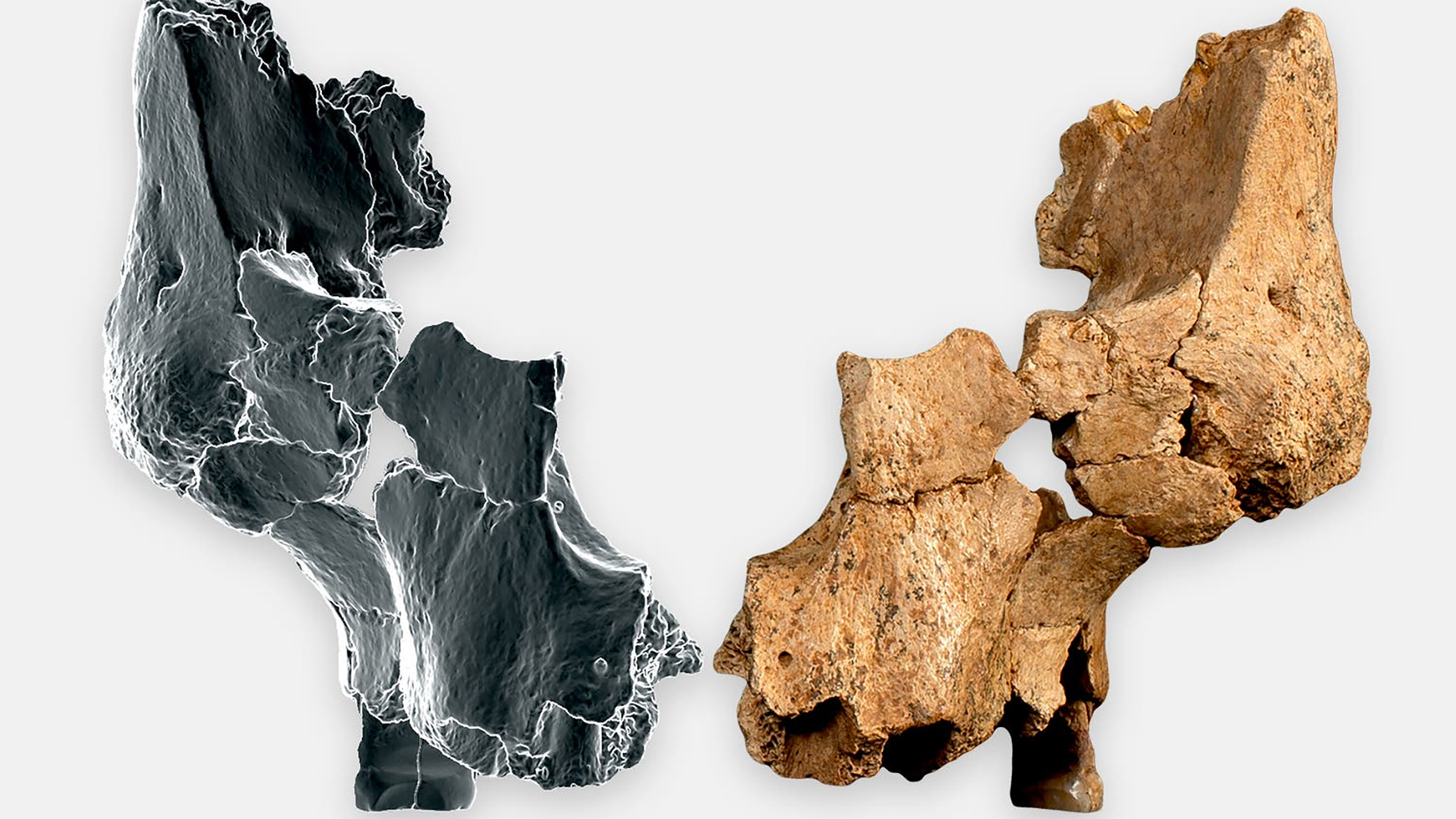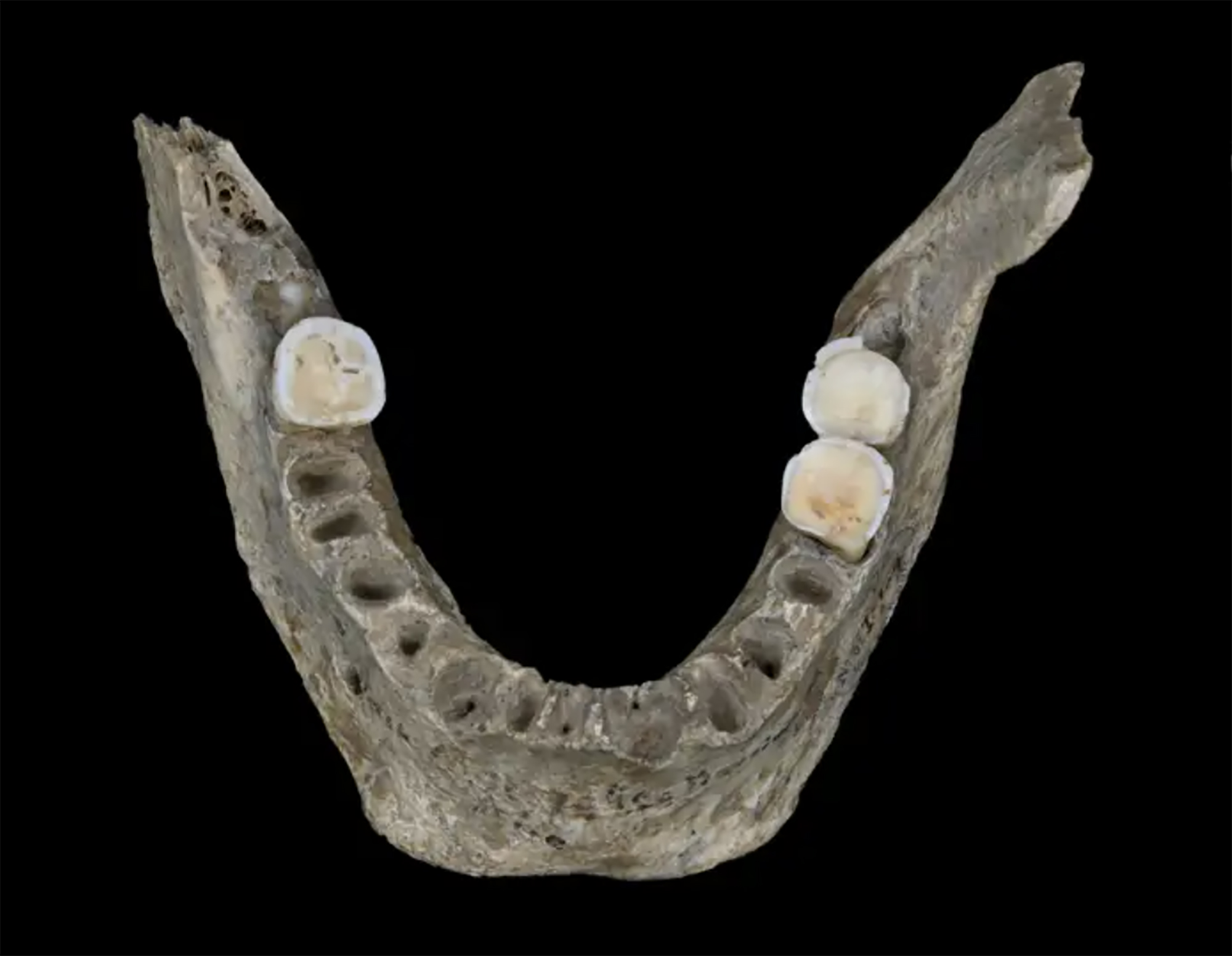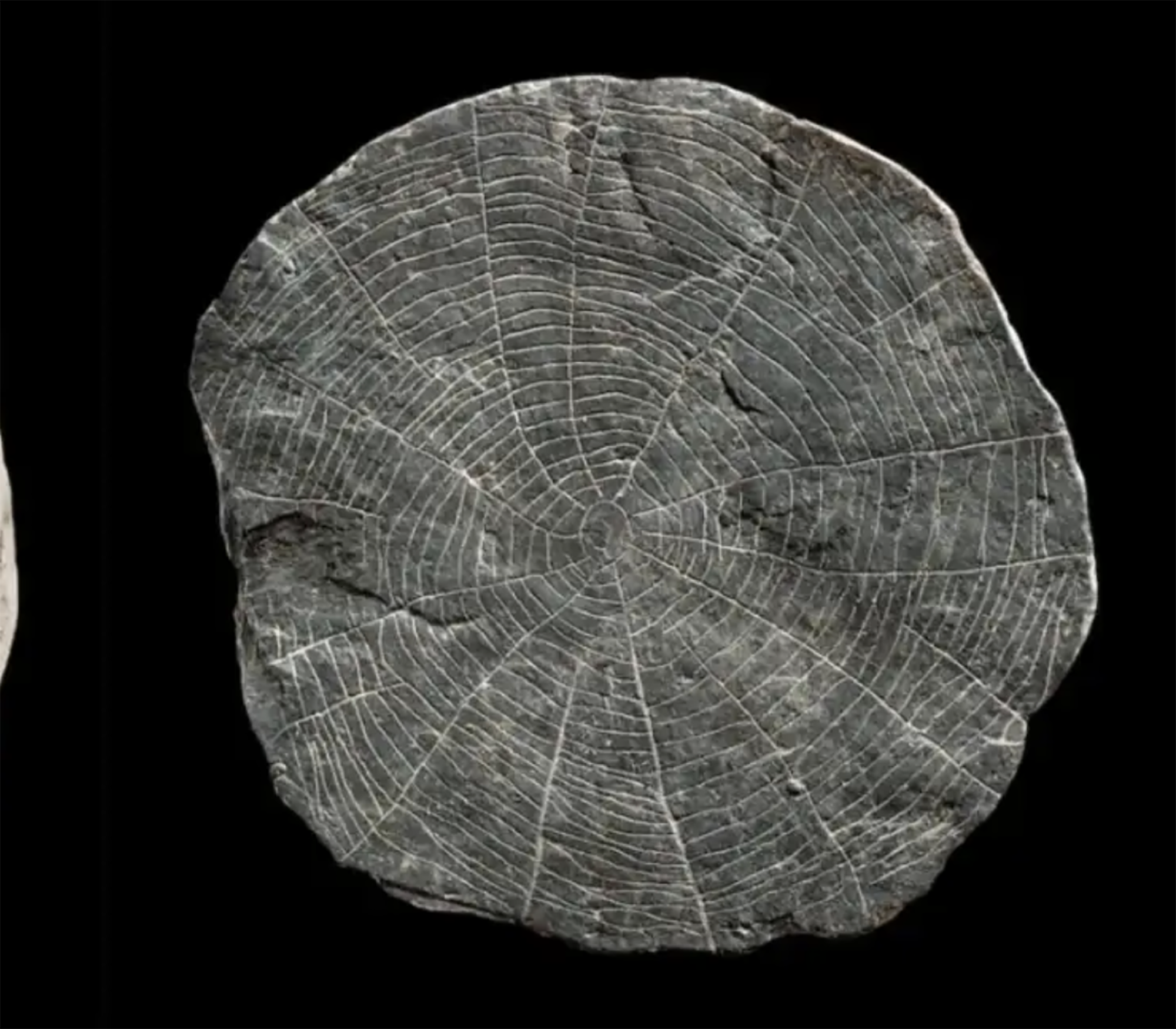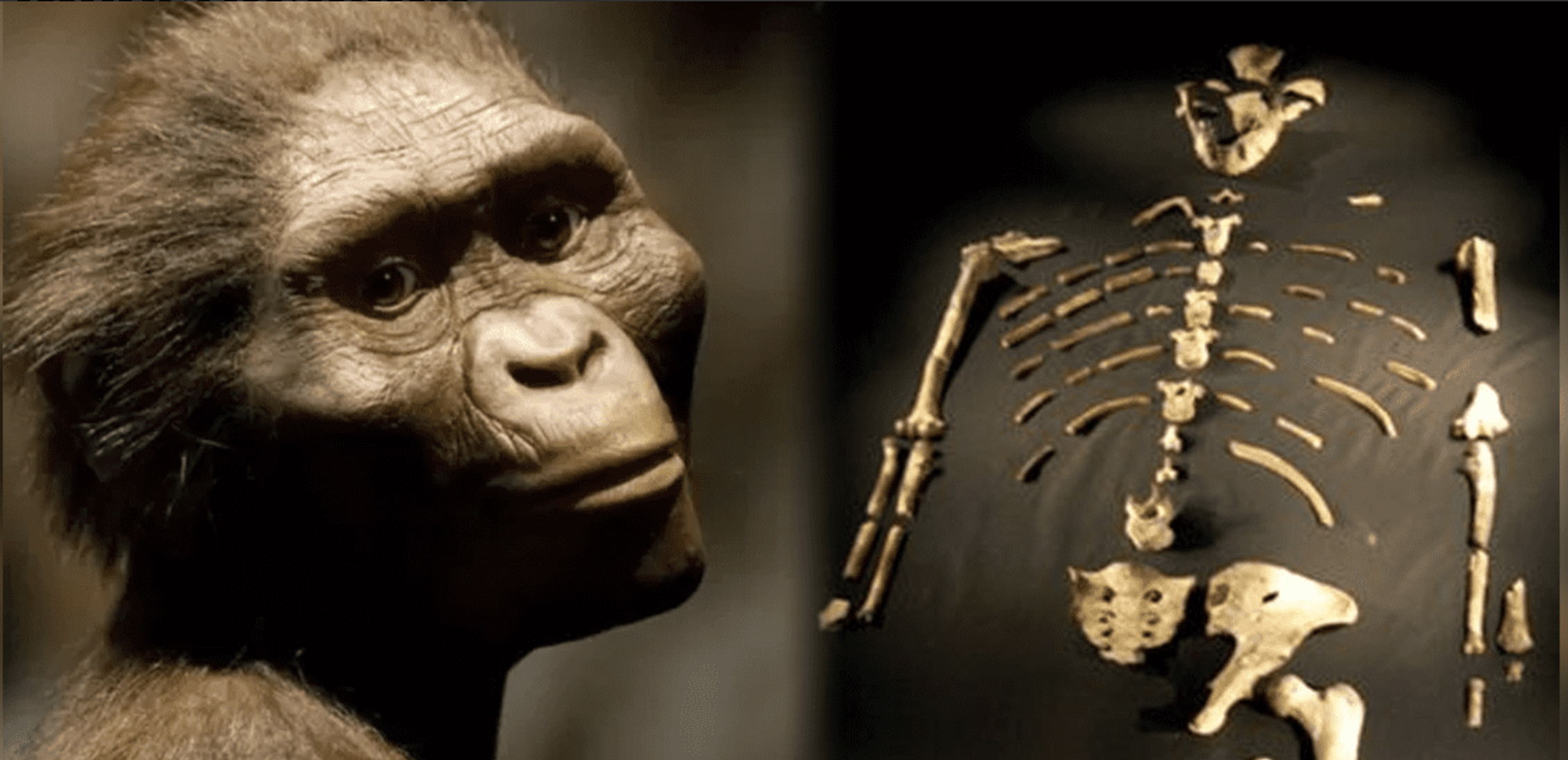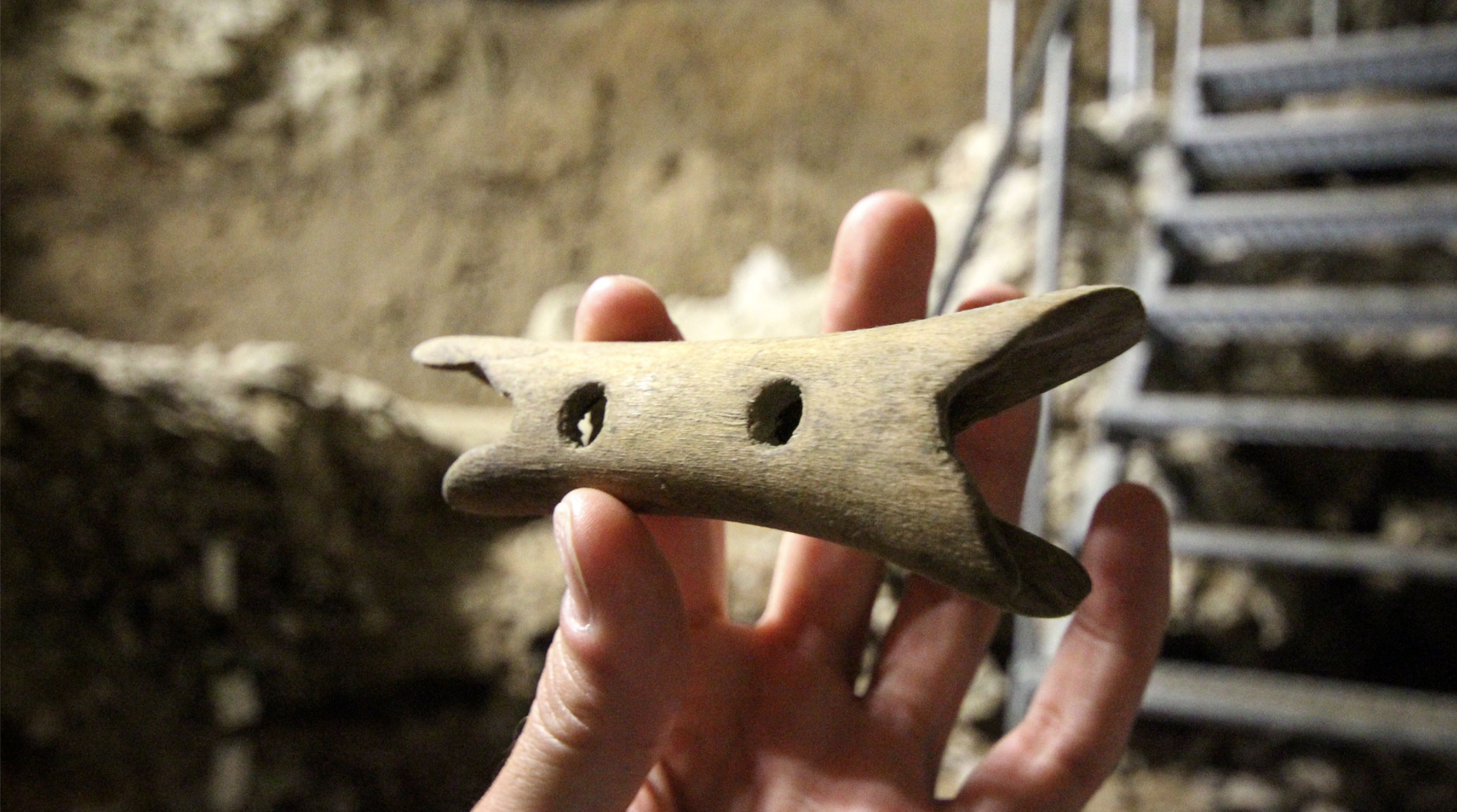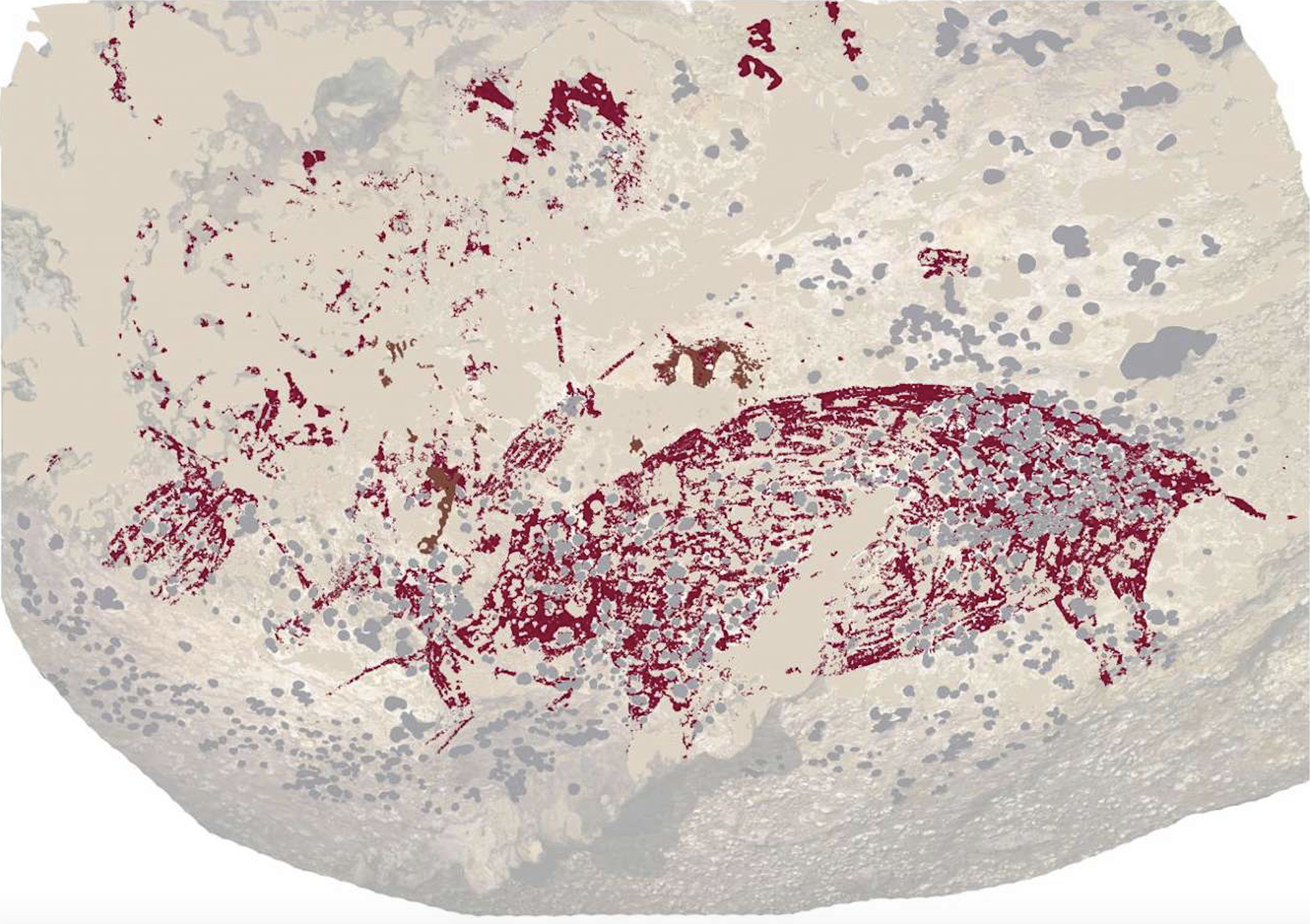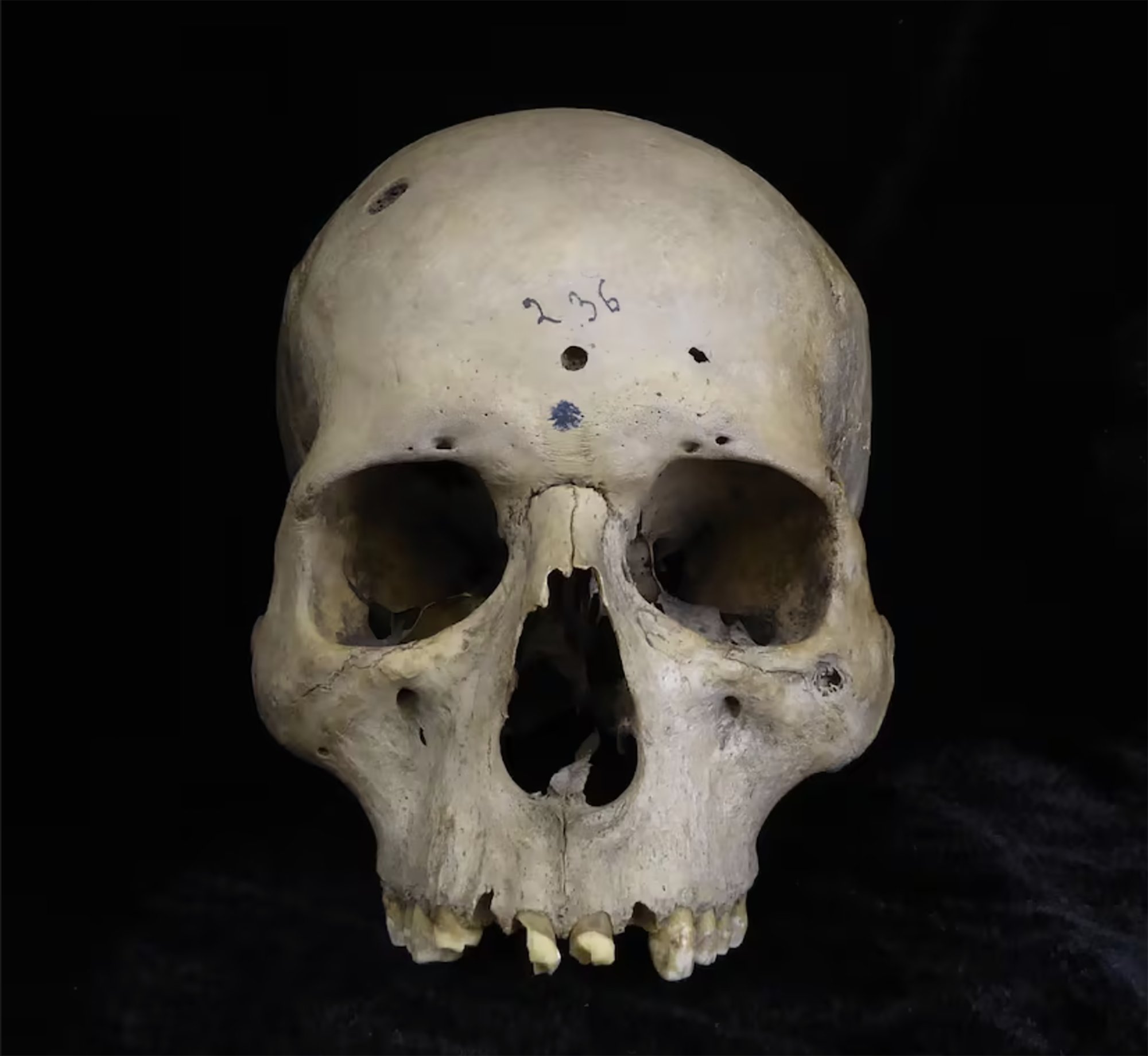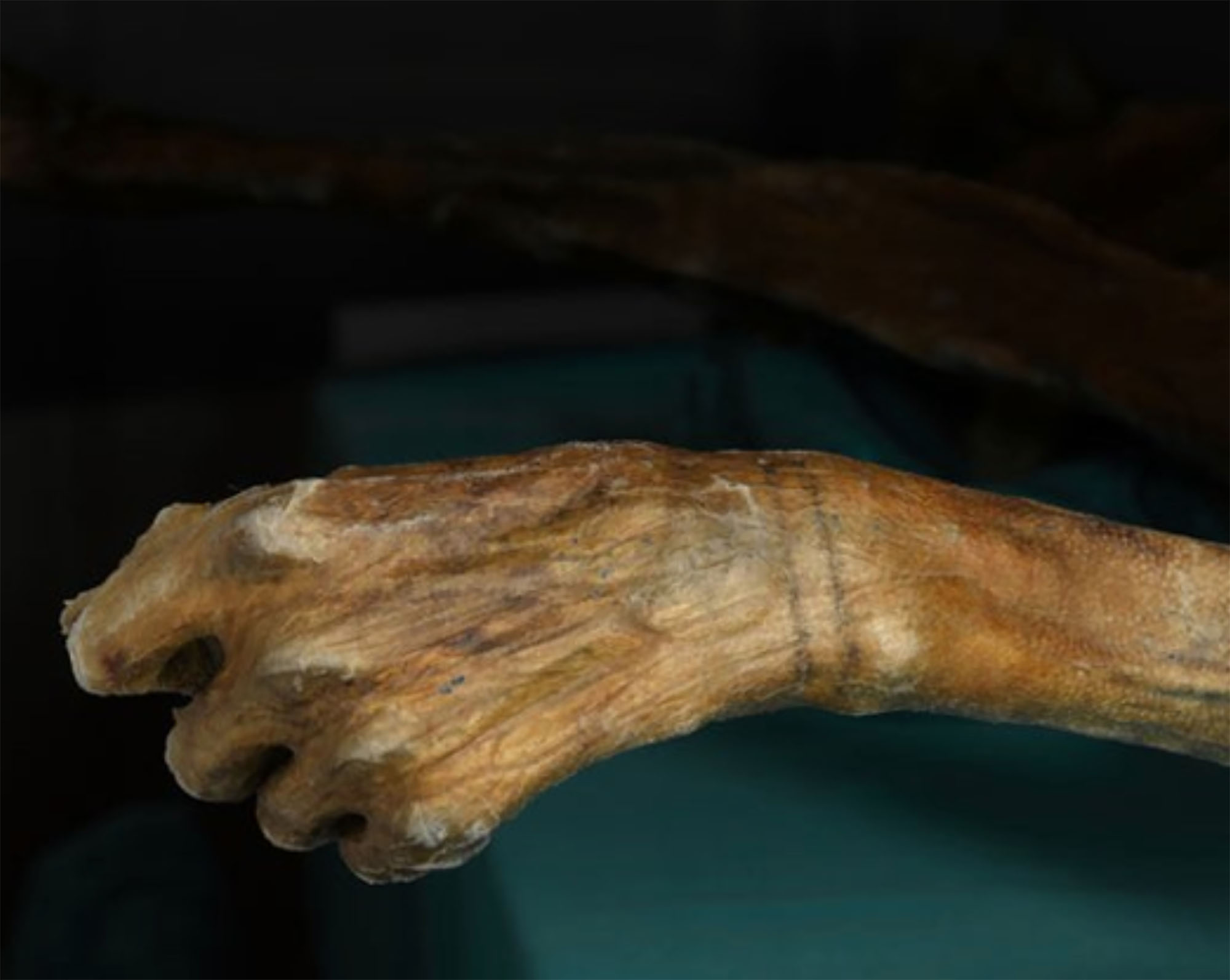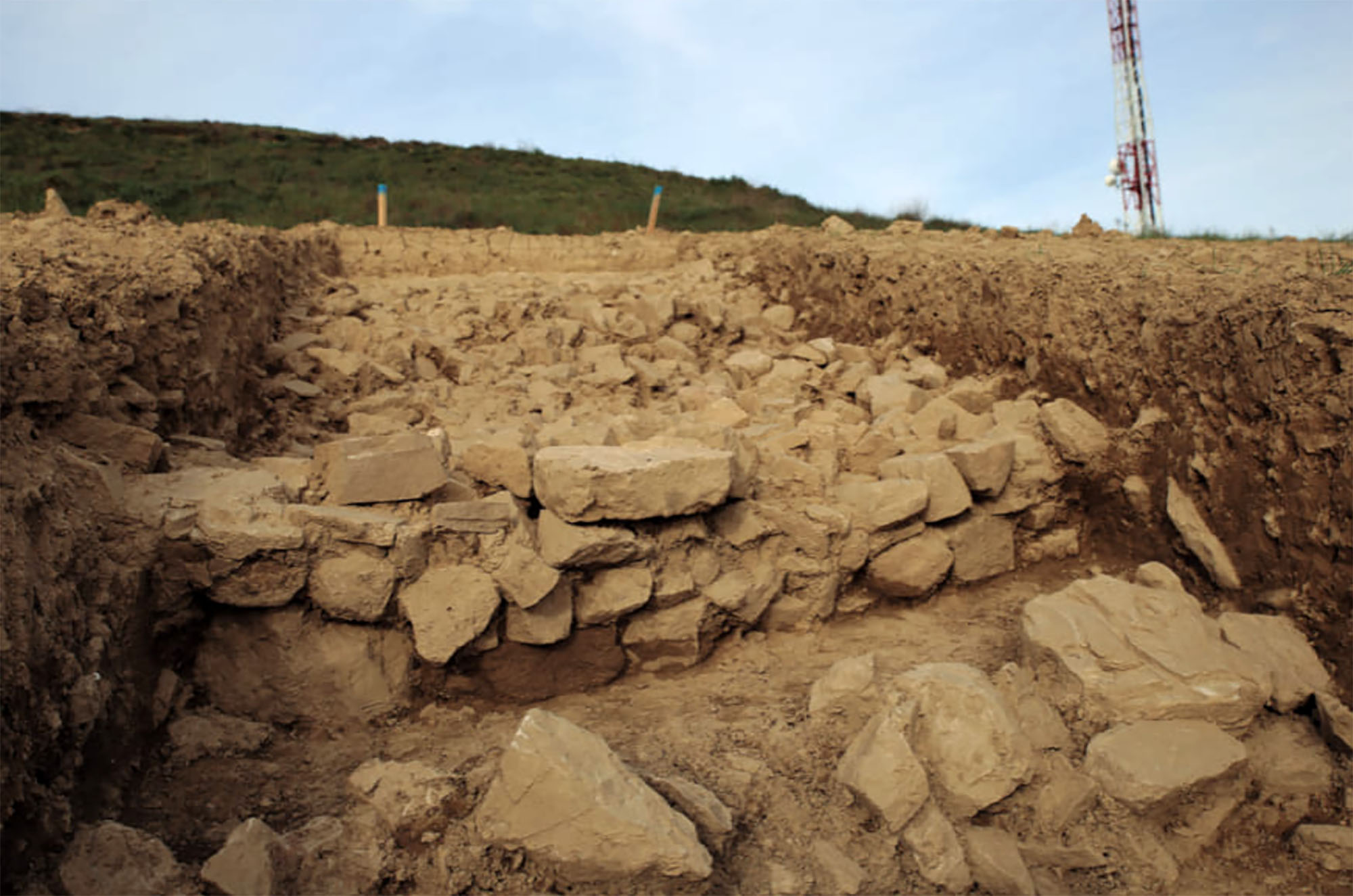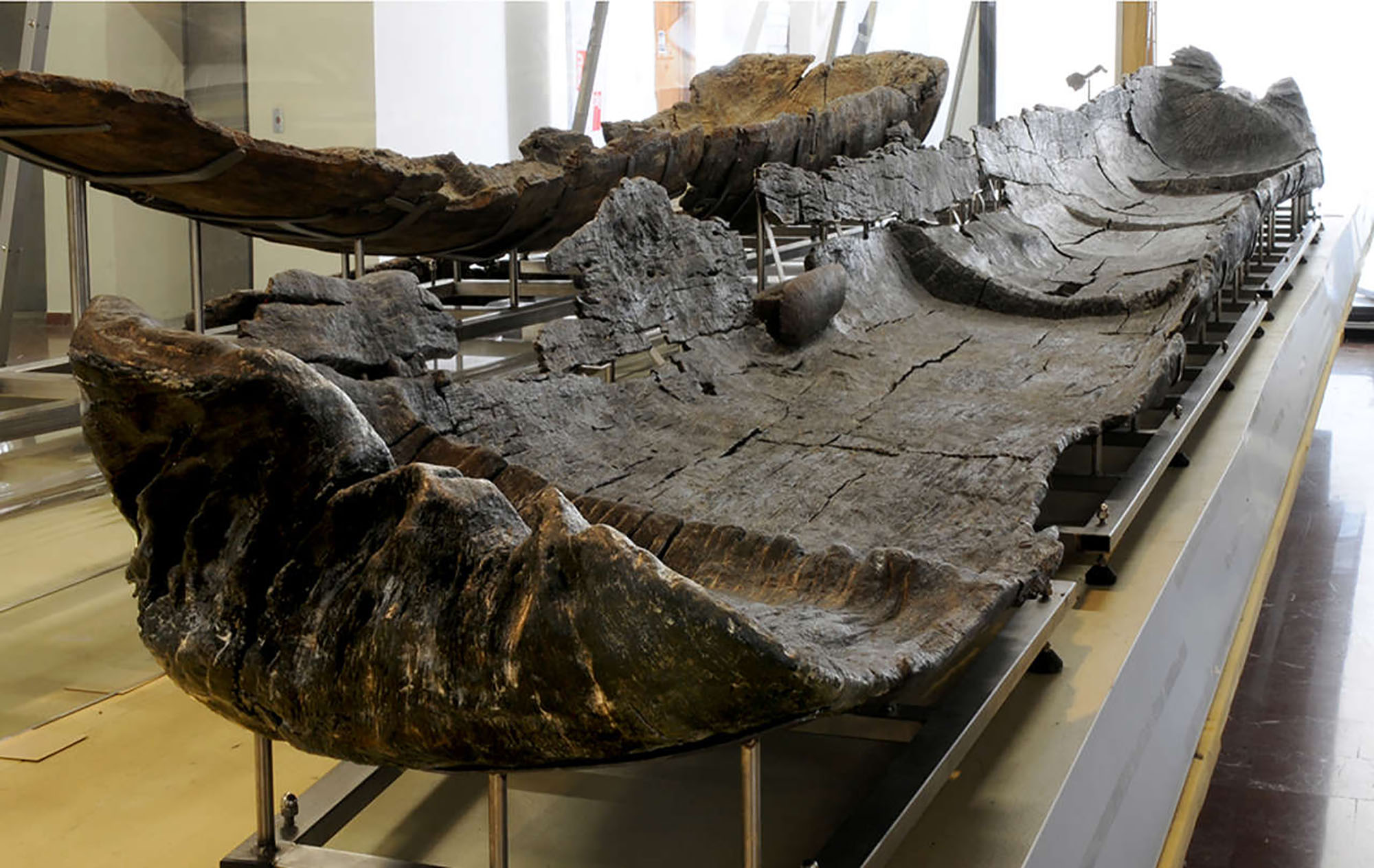stone castings, bronze hammers
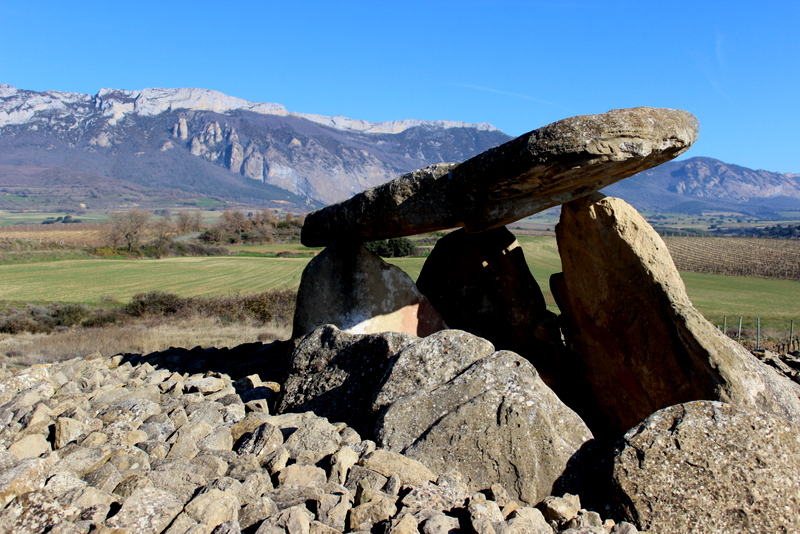
I've been enjoying a book lately. In a very short time I have read it twice; the first with pure delight and the second with a pencil in my hand. Hoces de piedra, martillos de bronce, by the Spanish archaeologist Rodrigo Villalobos, aims to explore prehistoric society to answer the same questions that Friedrich Engels once asked himself. Was there a class struggle in prehistory? When did social inequalities and private property arise? Has there ever been an “original communism”? When did the difference between men and women begin?
The conclusion is unclear and simplifications must be avoided. Prehistoric societies were neither the peaceful garden of Eden nor the chaos of savage and ignorant men; neither Rousseau’s “noble savage” nor Hobbes’s “man to man wolf.” Pre-State societies were quite complex and could find a variety of models in different times and latitudes; egalitarian or stratified, patriarchal or without gender discrimination, peaceful or warrior.
It is customary to think that the development of these pre-state societies took place in a teleological way; that is, they went from the simplest to the most complex, from the extensive to the intensive economy, and consequently from the egalitarian to the more gradual. But egalitarian societies are not always the point of departure, and staggered societies are not necessarily the point of arrival, as they are said to have also found Metal Age sites with egalitarian signs. In general, the researchers concluded that egalitarian societies had cultural mechanisms to prevent the accumulation of wealth more than necessary, which hindered the creation of social graduations: for example, rumours against arrogance or ambition, opinions against meritocracy or ritual banquets and gifts aimed at redistributing the surplus of production.
In the book, the author also explains that the creation of the state is almost always associated with the creation of an aristocratic elite and private property. In different prehistoric cultures, it has been shown that as the economy intensified and economic profit increased, two classes emerged: the majority who did the physical work and the aristocratic minority who did not work. This aristocracy seemed to begin to take profit by means of taxes, and used these acquired resources to mark and maintain its status. For example, they financed luxury clothing or ornaments, rituals and collective beliefs that justified social order (such as temples, offerings to the gods, burials), and specialized armed forces charged with receiving tribute and oppressing resistance. This is how the State was born, for the benefit of this aristocracy. Similarly, studies indicate that the greater the social staggering, the greater the gender inequality was in most cases; although this correlation is not always automatic.
Villalobos’ book tries to prove through material clues and ethnography that it is possible to demonstrate how the differences between the State or between men and women arose and how the whole process of reaching these conclusions has been. For this reason, it is an excellent synthesis of the archaeological and historical method, which explains the scientific debates in a very easy-to-understand way, something that is not common among scholars.
More and more studies indicate that Neanderthals had more advanced cognitive abilities than previously thought. The latter, published in the Journal of Archeological Science, refers to the spearhead of bone found in the Mezmaiskaya cave in Russia in 2003.
Using microscopy,... [+]
Atapuercako aztarnategian hominido zahar baten aurpegi-hezur zatiak aurkitu dituzte. Homo affinis erectus bezala sailkatu dute giza-espezieen artean, eta gure arbasoek Afrikatik kanpora egindako lehen migrazioei buruzko teoriak irauli ditzake, adituen arabera.
In the Maszycka cave in Poland, remains of 18,000 years ago were found at the end of the 19th century. But recently, human bones have been studied using new technologies and found clear signs of cannibalism.
This is not the first time that a study has reached this conclusion,... [+]
Archaeologists have discovered more than 600 engraved stones at the Vasagård site in Denmark. According to the results of the data, dating back to 4,900 years ago, it is also known that a violent eruption of a volcano occurred in Alaska at that time. The effects of this... [+]
Ethiopia, 24 November 1974. Lucy's skeleton was found in Hadar, one of the oldest traces of human ancestors. The Australian hominid of Australopithecus afarensis is between 3.2 and 3.5 million years old.
So they considered it the ancestor of species, the mother of all of us. In... [+]
A group of archaeologists from the University of Berkeley, California, USA. That is, men didn't launch the lances to hunt mammoths and other great mammals. That was the most widespread hypothesis so far, the technique we've seen in movies, video games ...
But the study, published... [+]
Geissenkloesterle (Germany), 42,000 years ago. Those living in the cave of the Danube basin made a flute with bird bones and mammoth ivory. At the same time, the inhabitants of the cave of Divje Babe in Slovenia also made a flute with the femur of a bear. These are the oldest... [+]
In the south of the Indonesian island of Sulawesi, in the cave of Leang Karampuang, archaeologists from the Griffith and Southern Cross universities and the Indonesian National Agency have discovered a painting of three anthropomorphic figures and a boar. According to the study... [+]
Two years ago, the Catalan archaeologist Edgard Camarós, two human skulls and Cancer? He found a motif card inside a cardboard box at Cambridge University. Skulls were coming from Giga, from Egypt, and he recently published in the journal Frontiers in Medicine, his team has... [+]
Since they discovered the corpse of Ötzi in the Alps in 1991, the 5,000 years preserved in very good condition have been used for numerous investigations. From the beginning, the 61 tattoos he had on his skin were the ones that cared for him. Experts believed these tattoos were... [+]
Between 1992 and 2006, in the waters of Lake Bracciano of Rome, the site of La Marmotta del Neolitico was excavated early. They recently published in Plos One magazine a study on the five piraguas found there. It is estimated that the boats are between 7,000-7,500 years... [+]
In the Gulf of Mecklenburg, in Baltic waters, archaeologists identified in 2021 a stone structure of almost a kilometre. Now a team of interdisciplinary researchers has published a study on the wall in the journal PNAS.
The structure is about 10,000 years old and has come to... [+]








